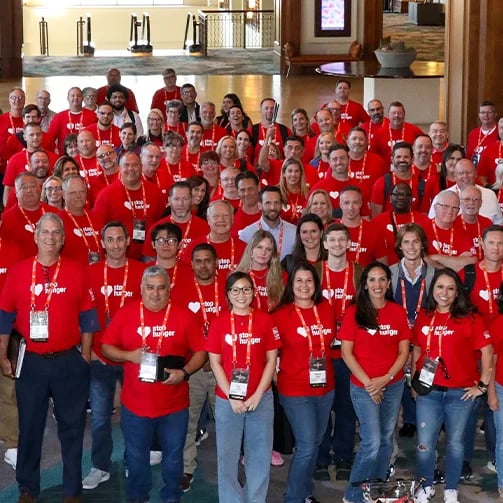Culinary Experiences
Explore our range of food brands, designed to fit your needs and elevate your team’s experience.

The workplace is so much more than a set of equipment and desks. It is the intersection of community and culture that sparks innovations and sustains business success. This is why we dedicate ourselves to enhancing lives every single day, no matter where they work.
Leave the details to us while you focus on elevating your business and team. With Sodexo as your partner, you’ll benefit from seamless solutions that foster community connections and pave the way for a brighter future for your organization.
Unlock What Employees Need Most in Workplace Food Services

Hundreds Unite at InReach Summit to Fight Hunger & Support Military Families

Innovate with Sodexo Business and Industry

Empower your employees through workplace